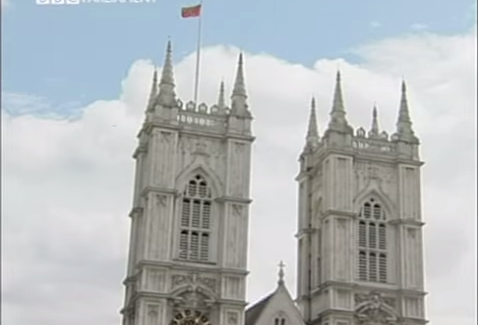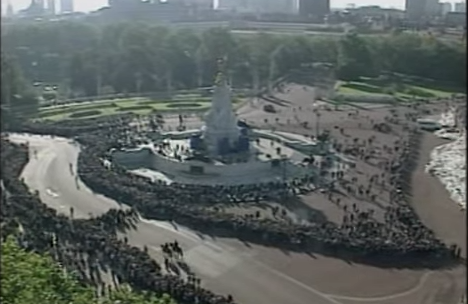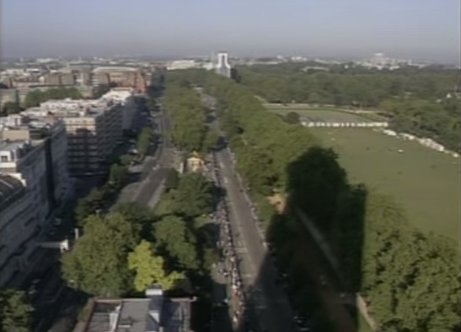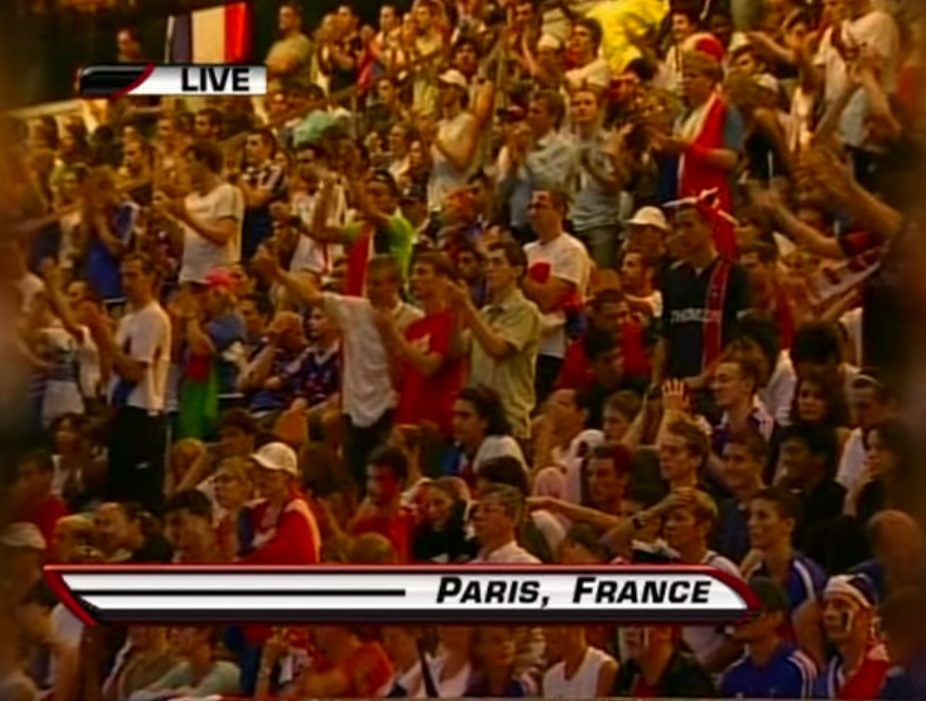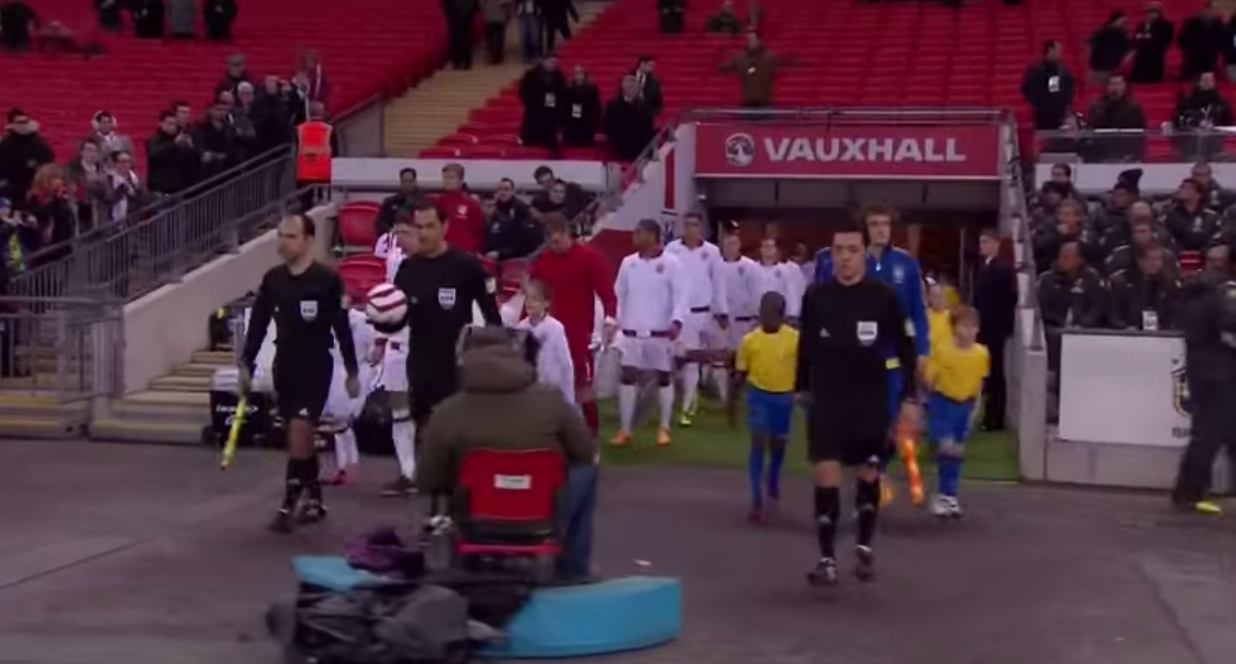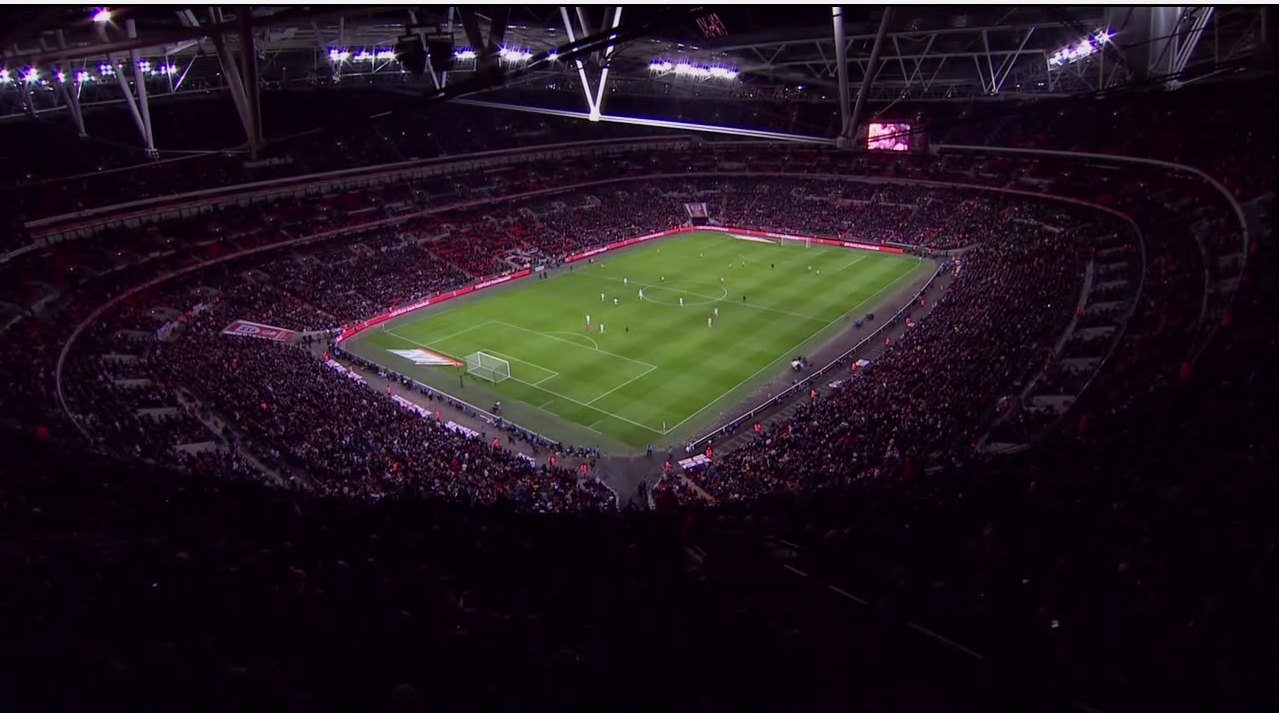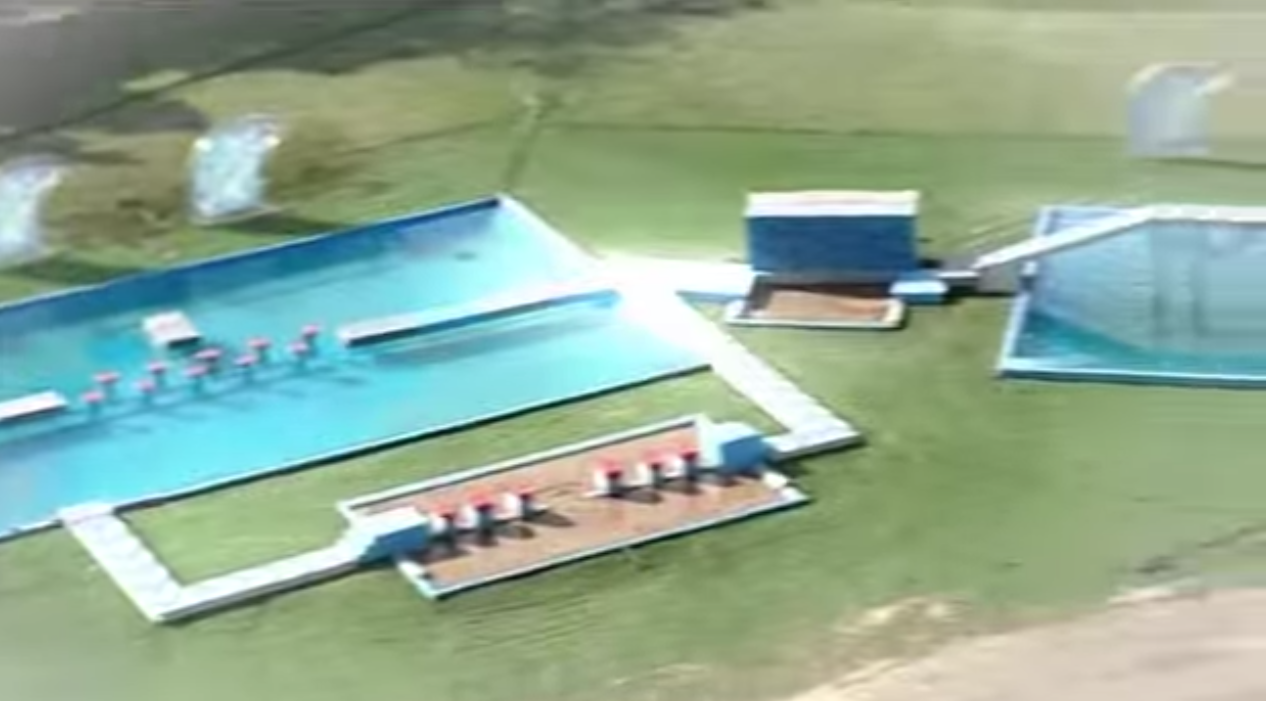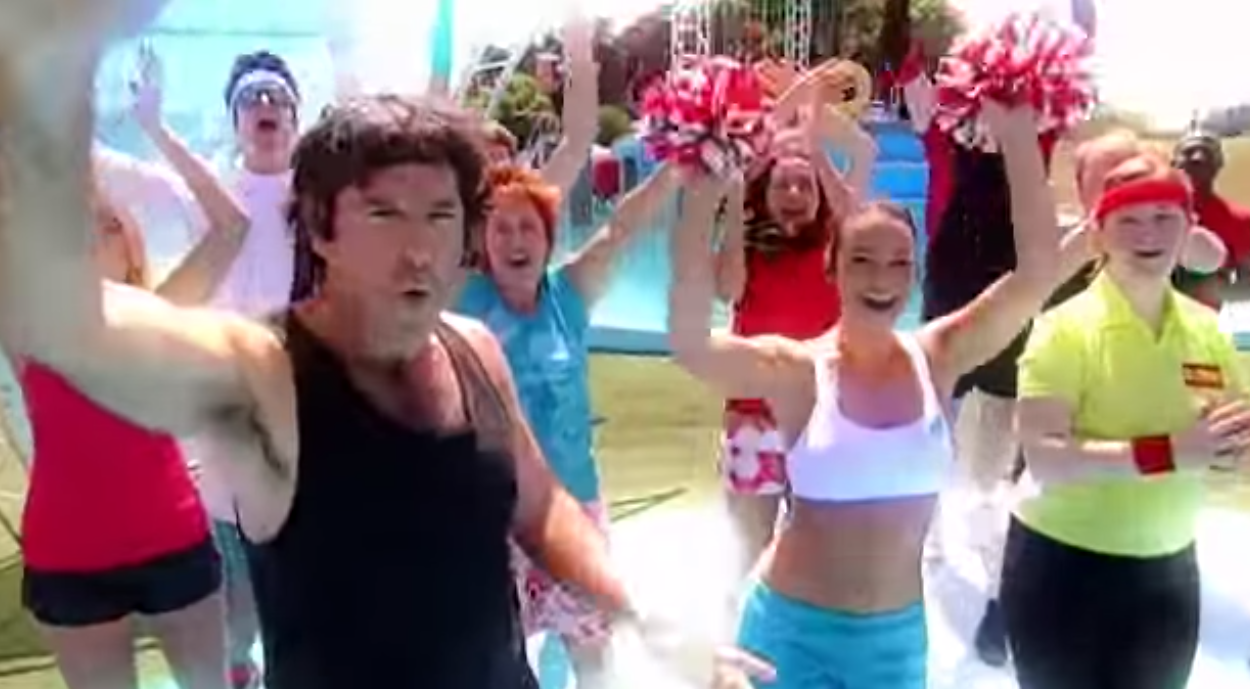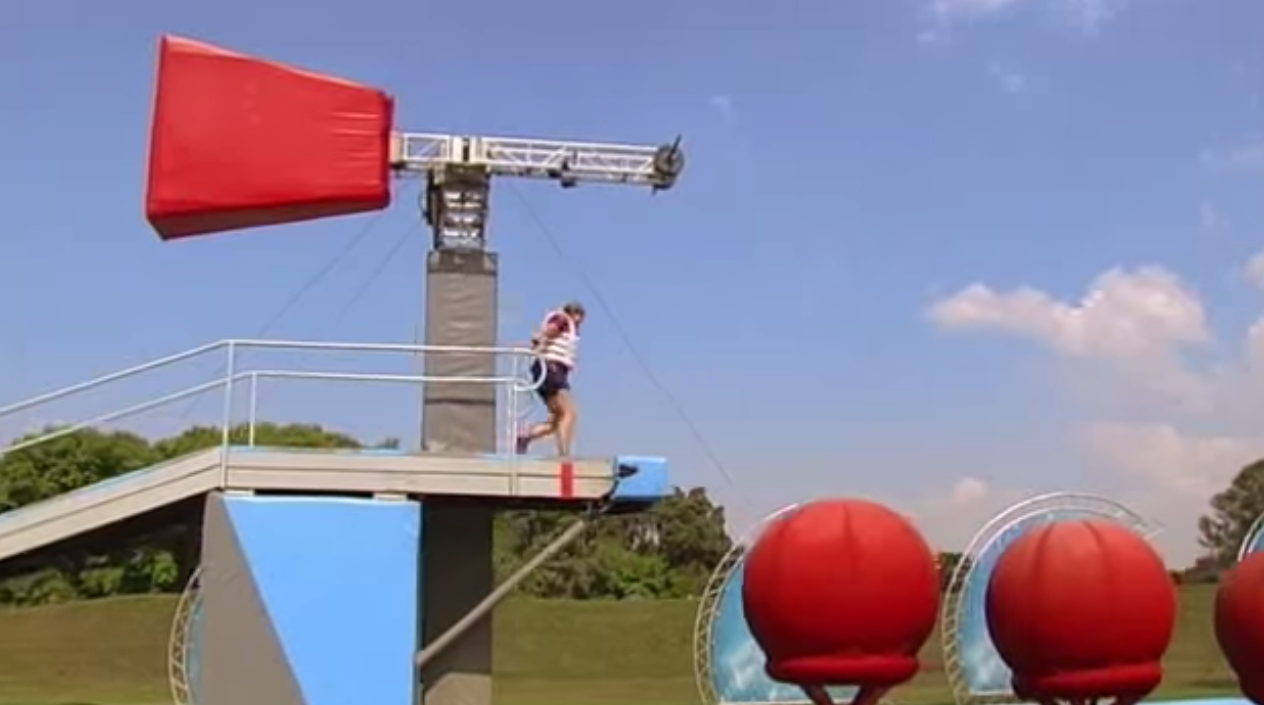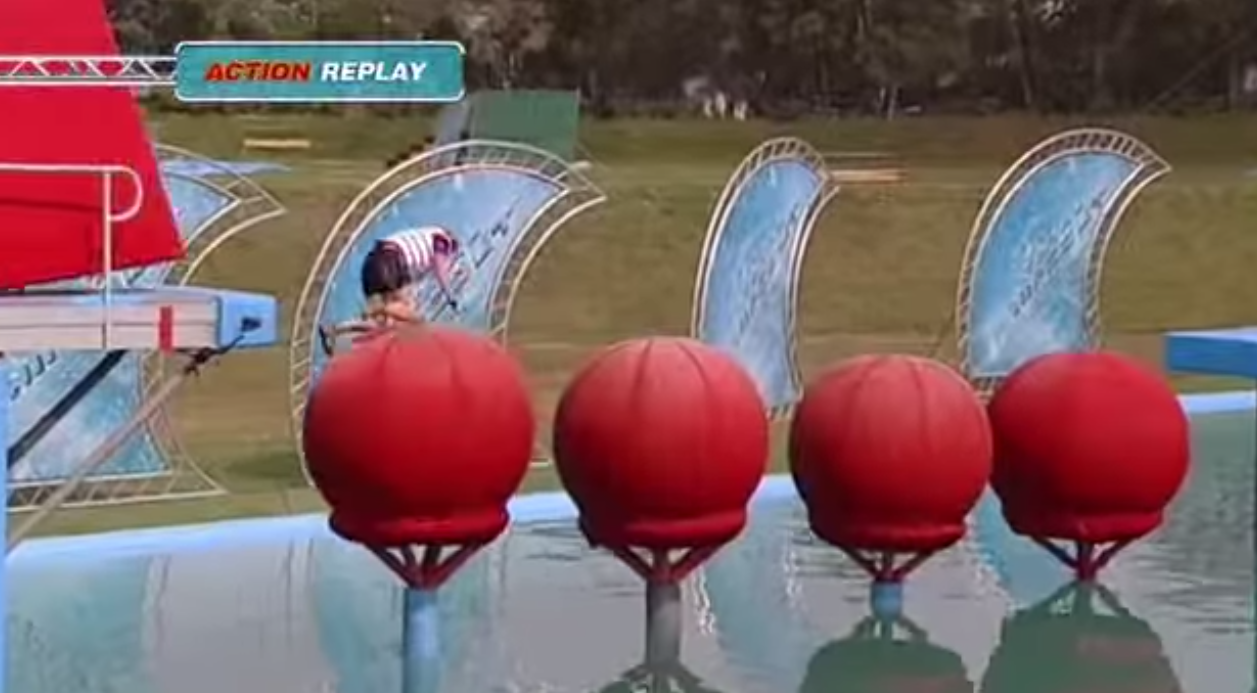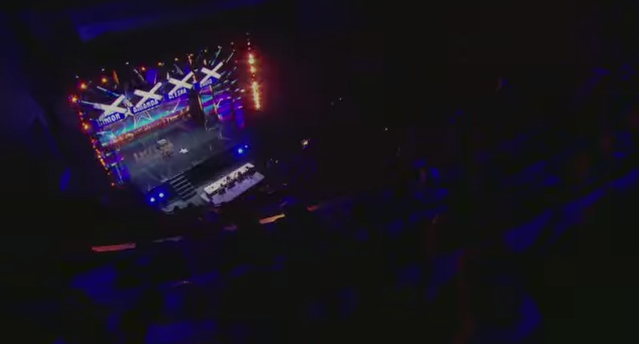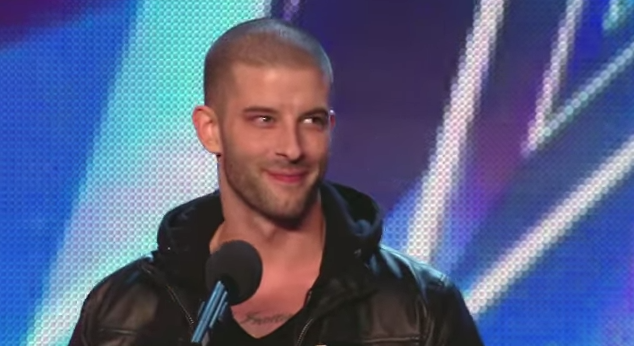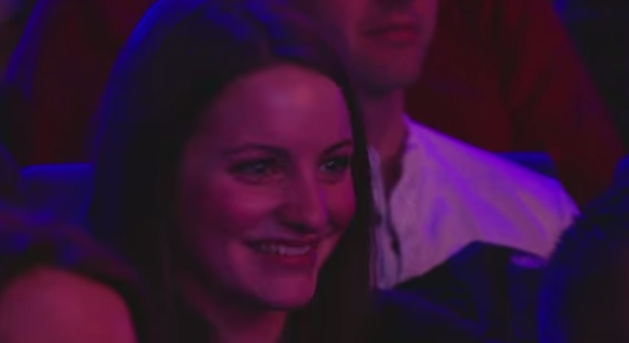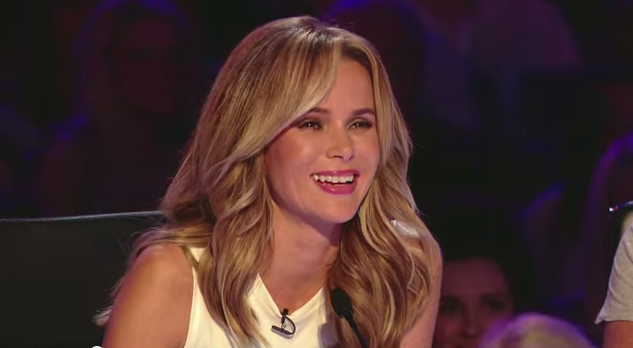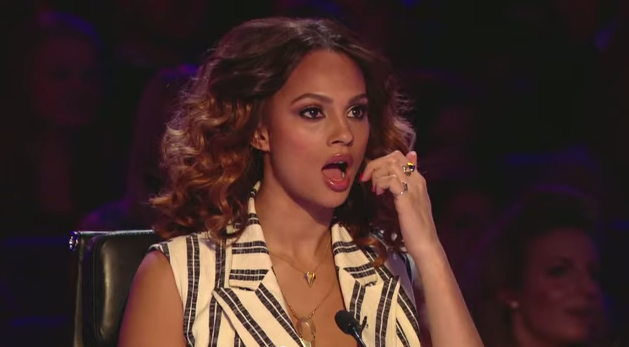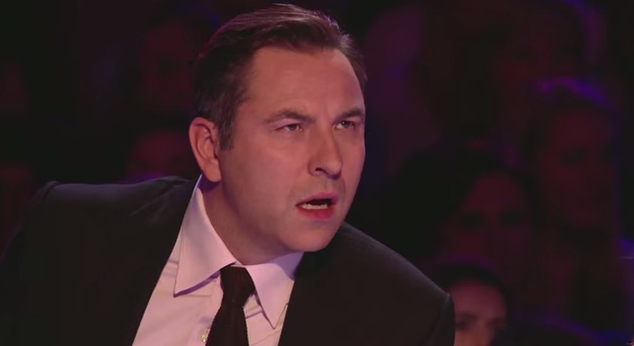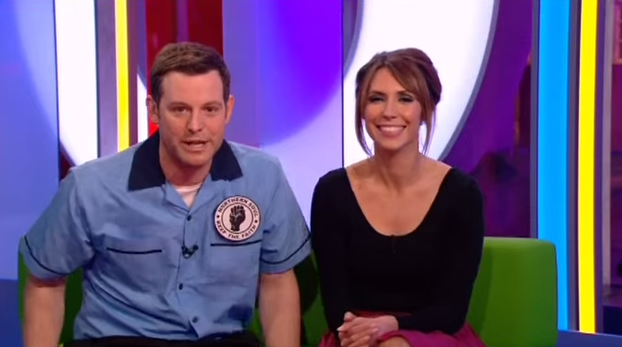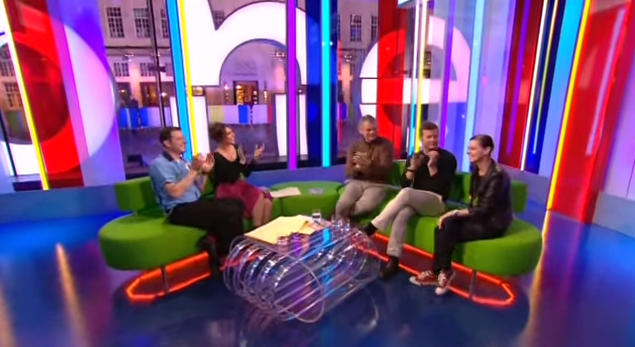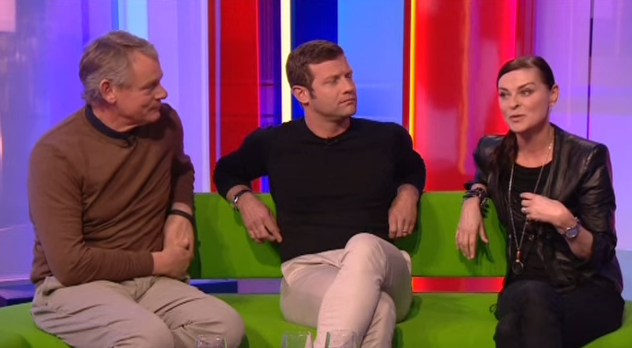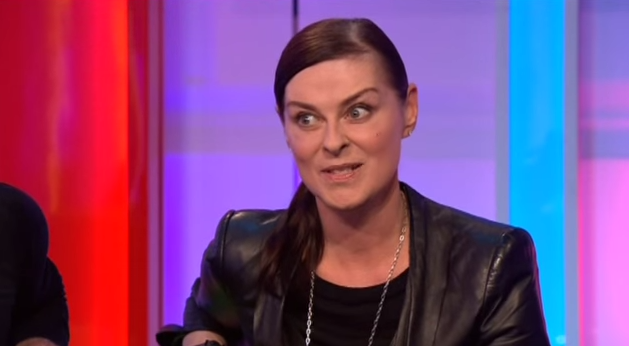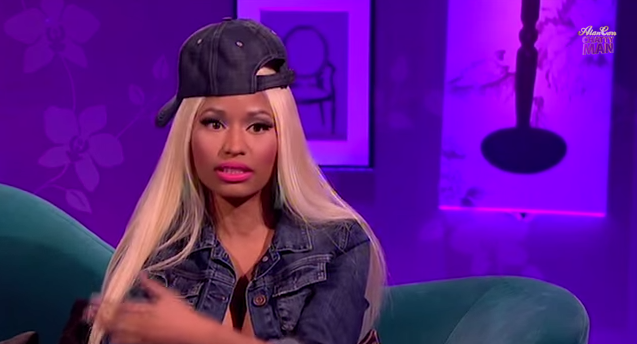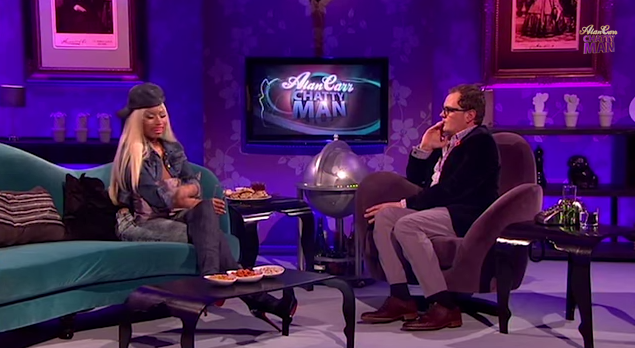There are 10 main Job roles in TV Production, these are very important job which allow the audience to enjoy what we watch on Television itself. Without these main jobs you would not be expecting the best program which would entertain you as they have not included one of the jobs. Each job role interlinks with one another which is the Hierarchy of the TV Production. There are jobs which are on top of others due to their importance for example the Lighting desk would be linked with the Cameraman and director as the Cameraman would want the lighting to be dimmer or more focused on an object and the director would want it to be in a place where he wants it as the director is making it more visually appealing for the audience who are viewing at home.
Without each and every one of these job roles a program will not be what it is because for example if you are missing a Lighting Desk the camera will not pick up the faces that the lighting was supposed to be pointed at therefore will make the program very unappealing to the viewers at home. As mentioned before these job roles all link in with each other because in each and every job communication is vital or one tiny mistake can affect the outcome of the program itself.
The 10 Job Roles are:
- Camera Operator
- Sound mixing
- Vision mixing
- Directing
- Set Designer
- Lighting Desk
- Floor Manager
- Graphics Generation
- VT Operator
- Presenter
Camera Operator:
 The camera operator operates one of the few cameras which are in near fixed position. There will be other Camera operators as it is a Multi-Camera shoot. The camera operator usually gets his directions via the headset they are wearing to get the shots the director wants to be shown. The Camera Man should have the ability to multi-task meaning he should always concentrate on the main jobs he has been given otherwise the outcome of the shot/framing would not look appealing. The cameraman mostly works with the Director, Lighting Desk, Actor, Sound Operators. Without any of the actor, sound operators, lighting desks being perfect the Cameraman will not be able to proceed in recording the scene. The cameraman is the senior jobs out of the Camera departments as it is the most important job role in the category. The camera man has to carefully listen to the information the Director says from the "Gallery" where he stays away from the set. If these instructions are not heard the flow of the program may change due to the direction not being heard. This makes things harder for everyone as there is a break in the communication between all the roles that are being done. If the cameraman for instance did not hear the instructions the actors will not be able to carry onto the next shot without perfecting the previous. As well as having communication skills there are specific roles the Camera Man needs to have in order to qualify as being a cameraman, otherwise the job maybe not suitable for people; These are:
The camera operator operates one of the few cameras which are in near fixed position. There will be other Camera operators as it is a Multi-Camera shoot. The camera operator usually gets his directions via the headset they are wearing to get the shots the director wants to be shown. The Camera Man should have the ability to multi-task meaning he should always concentrate on the main jobs he has been given otherwise the outcome of the shot/framing would not look appealing. The cameraman mostly works with the Director, Lighting Desk, Actor, Sound Operators. Without any of the actor, sound operators, lighting desks being perfect the Cameraman will not be able to proceed in recording the scene. The cameraman is the senior jobs out of the Camera departments as it is the most important job role in the category. The camera man has to carefully listen to the information the Director says from the "Gallery" where he stays away from the set. If these instructions are not heard the flow of the program may change due to the direction not being heard. This makes things harder for everyone as there is a break in the communication between all the roles that are being done. If the cameraman for instance did not hear the instructions the actors will not be able to carry onto the next shot without perfecting the previous. As well as having communication skills there are specific roles the Camera Man needs to have in order to qualify as being a cameraman, otherwise the job maybe not suitable for people; These are:- Having excellent Colour Vision; This meaning if you are a person who does not have great colour vision the camera man role will not be suitable as he needs to see how the framing looks, how the colour looks on the screen with the lighting. If he is not happy with the way the colours are presented the lighting may have to be adjusted.
- The cameraman has to have a good affinity with the Technology he is using: The cameraman has to have a natural understanding of technology. For instance he needs to know all the basic and complex functions of the Studio Camera he is using and overcome problems that may occur. If this cannot be lived upto the person will not be able to get the job as a cameraman.
- Cameraman will be able to carry out instructions to a great degree of accuracy: The cameraman should be able to replicate the instructions he has been given by the director. The cameraman has to be able to execute these instructions without making any margin of error: This meaning he needs to have steady hands, good hearing, a high margin of concentration so he can hear what the director has told him and also have good recall with the director.
- He camera man needs to have very good attention to detail: Along with Focus, Attention, Concentration & Recall the cameraman will need to get everything perfect. What the Director sees through his mind, the cameraman has to bring to reality. Having attention to detail means he needs to have the framing to the best degree possible or it may turn out more badly than expected and the director may ask to re-film the shot. The cameraman is the person who has to make the framing look good (Aesthetic) in order for the viewer to enjoy the show they are filming for.
- The cameraman has to have the skill of composing the shot and having speed and precision: Along with the basic skills needed to be a camera man, the cameramen has to have precision and speed. Once instructed by the Director they literally have a short amount of time to execute the shot he/she has been told to do.
- As stated by creativeskillset.org to be a cameraman you need to have some physical stamina and strength which most jobs do not need: It states that you need to be able to lift heavy equipment in particularly the cameras as they are big and heavy and run of the mains. Also they need to have the stamina for working for very long hours. This means staying in the studio all day doing extensive camera work and moving around sets. As well as this mentioned above you need to concentrate all the time in order to get all the dedicated work done for the set/program.
While the "Cameraman Job" seems simple, it is one of the difficult ones. People assume it is just like using a expensive camera which is then put on a tripod but these cameras are worth more than £5000 and they need to be handled with care and they have hundreds more functions than an ordinary camera. You need to have many skills alone to become a cameraman for example, Long Hours + Concentration, Speed & Precision + Attention to detail. All these skills come into play while behind the camera which means it is compulsory to have these skills to be a cameraman.
Lighting Desk:
 The lighting Desk itself has full responsibilities of the lighting that is done within the set. They must have great vision on how the set will look like with the lighting on the desk. The lighting desk usually sets up where the lights should point at towards a person and how it should look to the cameraman. This is where the hierarchy comes in as the Lighting Desk must co-operate with the Cameraman and the director. Without this type of strong communication they will not be able to have good quality lighting which may make the shot too dark. Without the lighting desk we will not have a perfect view and colour balance of the presenter or even the whole set.
The lighting Desk itself has full responsibilities of the lighting that is done within the set. They must have great vision on how the set will look like with the lighting on the desk. The lighting desk usually sets up where the lights should point at towards a person and how it should look to the cameraman. This is where the hierarchy comes in as the Lighting Desk must co-operate with the Cameraman and the director. Without this type of strong communication they will not be able to have good quality lighting which may make the shot too dark. Without the lighting desk we will not have a perfect view and colour balance of the presenter or even the whole set.- Perfect Colour vision is vital for the Lighting Desk: In order to qualify for a Lighting Desk Job you will need to have excellent colour vision which will allow you to see a perfect image of the set and adjust the intensity of the light which is pointed at the presenter or the object on the set. Also if commanded by the director to add different coloured lights he/she will need to know the perfect balance for the set itself.
- Great knowledge of the equipment: The lighting desk operator has many buttons that will do different things but if there is no knowledge on what the buttons do there will be a problem if he/she doesn’t know what to do or how to do it. Without extensive knowledge about the equipment it can become a total mess which will lead to major problems.
- Good Attention to detail: This means that the set must be looking perfect with how the set looks with the lighting. Any anomalies in how the set looks like: as in there are shadows which are visible on the camera which will need to be removed with another light on the set. With these little attentions to detail they are able to perfect the outcome without any interruptions.
- They need to be able to manage the equipment purchased (budget) and advice what equipment should be purchased: This means they should know what the price of the equipment is and see what the best is for the price it is priced at. They also should know what they will be spending they're money on.
- Assembling the equipment: This means the lights have to been put up by themselves because others on the set are not qualified to set up the lights for the set which means the Lighting Desk Operator will only know how to do it.
- Attend earlier to the set: This means the Lighting Operator needs to be on the set early than the others to set up the equipment so there is no time wasted within the set for setting up the Lighting itself.
Director:

This is the most important job in the Multi-Camera business. The director has the highest stress between all the others' that are working in the set or outside the set. Without the director you will not be able to be on track when recording as it will get out hand. The director "directs" everyone on what to do. This means everything the director says is taken into account and done. With the director everything on set is perfect and there will be no problems with anyone.
- Have a very good understanding of what the viewers want: The director has to spend so much time in planning out what the Program will look like. This means they need to spend hours on end to perfect on what they want to view to the viewers. Also he/she must know to an extent what they will be saying to the other Operators to see what he has visualised in his mind.
- He/she must know about Marketing: The director not only has to tell everyone what to do, he/she should know all the expenses in Multi Camera Production. The director when planning has to go through the process of thinking out all of the expenses of producing such a program. This is where the director needs to manage his/her budget depending on how he/she wants to portray what he sees in his mind to the viewers.
- Good communication skills: The director also needs to have the best communication skill on the set because he needs to have a crystal clear communication skill in order for everyone to understand what he wants done on the set without getting into trouble or wasting time.
- Punctuality: The director literally has to be first on the set. Where they need to plan what he/she wants to see via the camera. Without the director on time/earlier than everyone nothing can take place or even proceed into recording stages. If that were to happen it will turn out horrible and not what the director has visualised.
Sound Mixer:

The Sound Mixer also has a very important job because he/she has to perfect the sound quality while recording. Without the sound you will not be able to hear anything that is being said through the mic.
- The Operator of the Sound has to perfect their understanding of the Sound table: The sound mixer should know what is going on the Sound Table. This means if the director asked to fade the voice of the presenter he/she should be able to do that without a doubt.
- Good instruction Recall / Memory: Without this skill the Sound Mixer may do something completely wrong which will result in recording the shit again which would waste a whole lot of time. Also by memory he should also know what each and every button does.
- Knowledge of the script itself: The Sound Mixer should know what the director wants to hear via the script itself. He/she has to do exactly what he/she sees on the script. This means the sound Mixer must visualise and portray through the sound board.
Graphics Designer :
 The graphics designer of the set shows all the images that will be broadcasted on the program. Without images and creative ideas the program will look very un appealing and boring.
The graphics designer of the set shows all the images that will be broadcasted on the program. Without images and creative ideas the program will look very un appealing and boring.- Creativity: This is the key skill the Graphics Designer must have. Without the creativity the program's graphics will look very boring. Along with creativity they must be able to portray a very professional looking image which will help the program be more appealing. Without a sense of creativity you won’t be able attract viewers to watch the program.
- Editing Skills: hey must have a very good understanding of the program that they are using to edit, In this case Photoshop. They must know how t make a image what the director wants. They need to create the image of what the director is thinking.
- Ability to work with everyone: This meaning they need to have good communication skills with others and do what they need for their part of their job. The graphics designer also plays a big portion of the program as without effects and images the show will be very unappealing.
Vision Mixer:
 This job allows showing what the viewers see at home. He can cut and remove parts of the program or even change the camera position so it flows better. He can cut between shots and make it more aesthetic related so the viewers at home are engaged.
This job allows showing what the viewers see at home. He can cut and remove parts of the program or even change the camera position so it flows better. He can cut between shots and make it more aesthetic related so the viewers at home are engaged.- Editing Skills: This is a major player of the Vision Mixer job. He/she must be able to edit without putting themselves into problems. Also they should know all the buttons that do what they do. For example changing the Colour Correction, Contract, Brightness ect. Without a clear understanding of the job they will not be able to do the job properly.
- Able to have attention to detail: The vison mixer must be able to an extent where you will be able to see all the important parts of the program without missing a single segment which may disrupt the flow of the program.
- Multitasking: The Vision Mixer must be able to Multi-Task this meaning doing two or more things at once. Hearing the sound and matching it with the footage that they have captured or adding music into the timeline which has to flow well. Adding this graphics into the footage to show to the viewers.
Set Designer :
- Designer Skills/Creativity: The set designer must have very good creativity with how the set will look like and the colours of the set whether they are vibrant to portray a felling or dull to portray another feeling. The designer must also have a clear understanding of where the props will go and where all the objects will be placed.
- Set Creativity: This meaning they ned to have a unique placement of all the object which will not imitate other programs similar to the genre. This means the placement of the objects will determine where the Cameras will be set. Without a set designer ity will look visually unappealing to the audience and potentially lose viewers which may result in a disaster.
- Communication with the Director: The set designer needs to follow the directors commands on what he/she want the set to look like. Then after listening the director the set designer needs to imitate what he/.she has heard into real life.
Presenter :

The presenter is the main face of the whole show. Without the presenter the show cannot take place as there is no one to talk to the cameras for the viewers to see at home and enjoy.
- Have good confidence and ability to express: By this I mean they cannot be camera shy and they need to have a voice which will attract viewers to watch. They need to have very high levels of confidence through their face and voice which will show they are professional. Without this main skill they will be stuttering and it will look very boring for the viewers at home.
- Presenter should know what they are going to say: They need to revise the script for the show but add an element of themselves: as in they should not be talking like a robot that just has read the script and repeat, they have to add an element of reality to make it look more professional.
- Very good memory: The presenter among all the others should have the best memory because revising a script is a very hard job. They need to know what the script exactly wants them to say and when they want it want to be said. Without good memory the presenter will forget what is coming up next on the show or even forget what needs to be said on the show.
VT Operator:
This job is here so that the Tv Program goes on air for the viewers on TV. this means that the viewers at home are able to view it on the particular channel it has bee plsced on.
- Knowing the equipment very well : This is vital for a VT Operator because if he doesnt know what the buttons or function do he maybe in trouble for boradcasting the program on air. Also he may accidentally air the wrong parts of the program or even a whole different program. This means he needs to be on fully alert at all times and know what he is doing or else things can go wrong and the program may not go on air.
- Communication with thte Director: This is again vi9tal because if there is no communication with the director he can air the wrong things. So this means the VT Operator needs to always have communication so he know what he is doing.
- Deadlines: The VT Operator must be meeting strict deadlines for the airing of the program because if it is not met then everything will go wrong and you may lose audiences who may watch the program and if it not on time it will cost them more time.
 Floor Manager:
Floor Manager:The floor manager manages what ever goes on the floor. Hand gestures are given in order for the Cameramen to know and the presenters. These instructions are strict and cannot been discarded.
- Communication: The communication skill here is very important because without the hand gestures and communication no one will kniow what they need to do, so this means they will be left there without any help and everything can go wrong.
- Organisation Skills / Planning : The floor manager has to have everything palnned of what they are going to say during the course of filming. With organisation skills present she/he will be able to do what they are supposed to do and tell the cameraman what to do. http://www.prospects.ac.uk/television_camera_operator_job_description.htm
